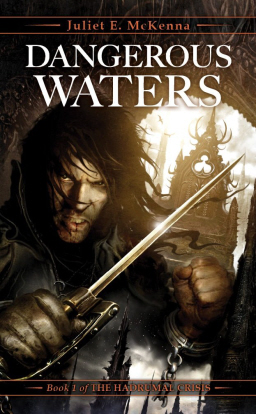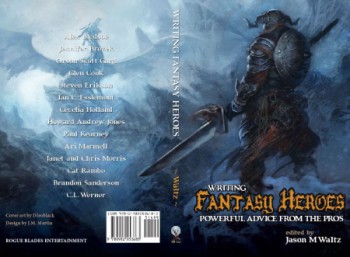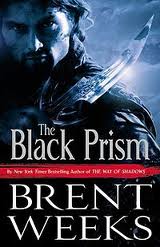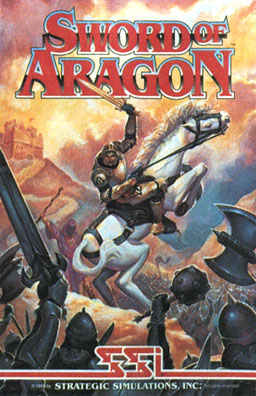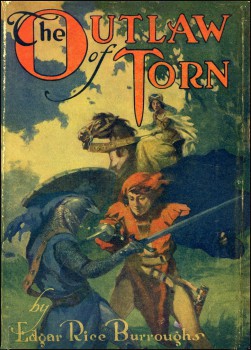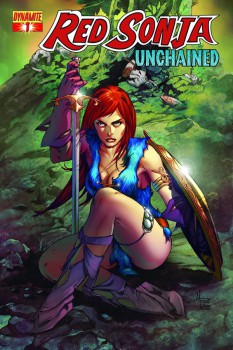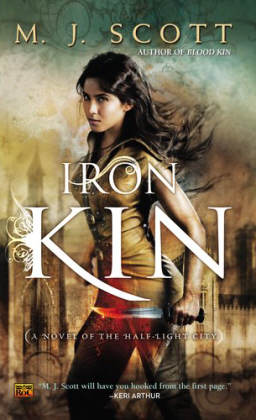Goth Chick News: Walpurgisnacht, or Those Germans Know How to Party
 As you may (or may not) have noticed, there was no Goth Chick News last week. This was due to my need to spend a little quality time outside of the office with my blender and a bottle of Red Rum.
As you may (or may not) have noticed, there was no Goth Chick News last week. This was due to my need to spend a little quality time outside of the office with my blender and a bottle of Red Rum.
No I’m not making that up – Red Rum is for real and it’s my fav and so much for those of you who thought this was all an act and I really spend my vacations in Branson, Missouri drinking ginger ale.
Beyond just sitting around soaking up sun and exploring the many different uses for a quality bottle of spirits, I was also deeply engaged in researching an interesting phenomenon that I only just discovered. The impetus was a Black Gate chat with a charming German fellow, who shared it with me just before sliding out of his lounge chair and out onto the deck… where he was promptly collected and hustled away before completing his tale, prompting me to order up another Red Rum and research this intriguing bit of info.
Apparently, the Germans celebrate their version of Halloween on April 30th and unlike the American version, the German take is decidedly “adult” and the “candy” involved is largely a euphemism.
The Walpurgisnacht festival takes its name from Walpurga of Devon, England, an abbess from the 700’s who was canonized as the patron saint of rabies – yes rabies.
